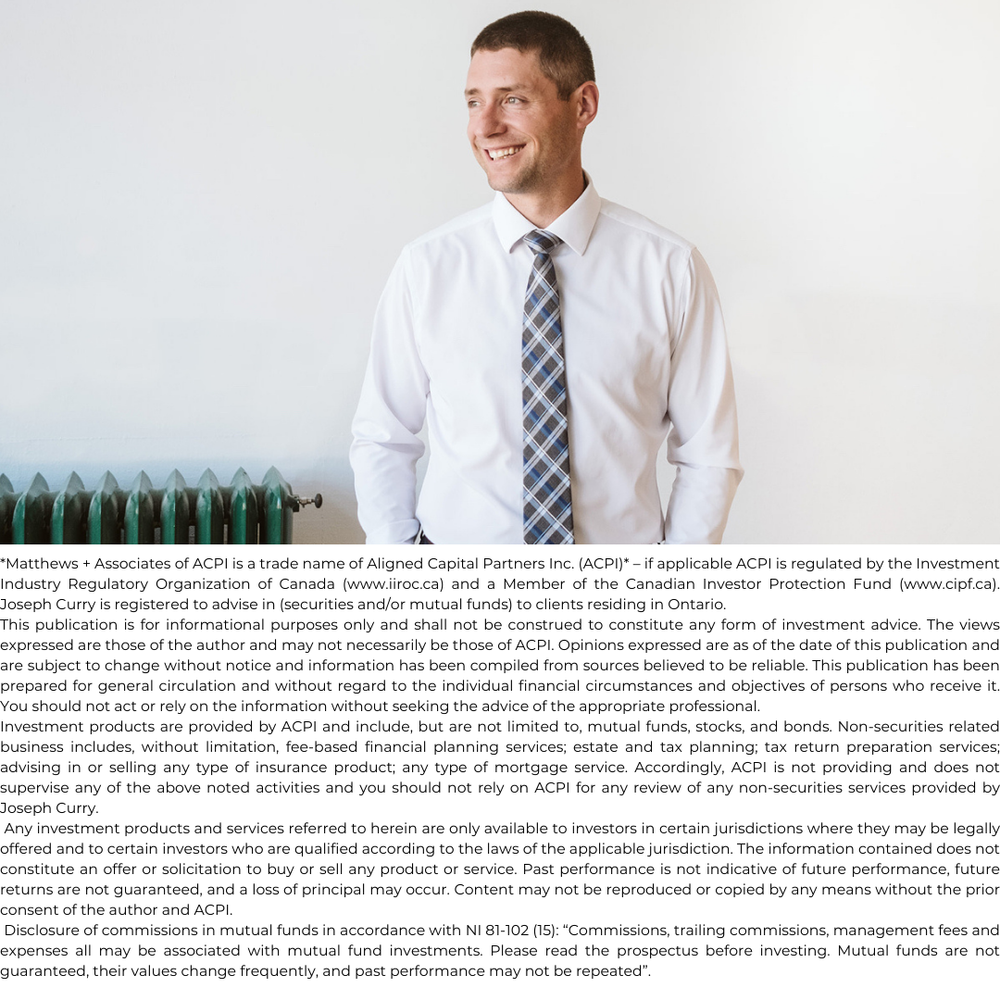Real-World Case Study
We want to look at our own case study based on real-world experience.
Bob and Sue came into a lump sum of money for retirement through the liquidation of their business. They are now trying to figure out their retirement plan. They want to live out all their goals and dreams but not run out of money. They are talking to a couple of financial planners, including one of the big banks.
Different Takes
In comparing different retirement proposals, an issue that comes up repeatedly is that they do not consider the sequence of returns risk. We already know what the safe withdrawal rate is. We just want to make sure we don’t run out of money. If we’re not going to plan to make any adjustments along the way, then we should be looking closely at the sequence of returns risk and consider using the safe withdrawal rate.
In this case, one plan suggested that Bob and Sue could take out between 6 and 7 per cent of the portfolio and increase it with inflation and not run out of money until age 90. If everything works out exactly as the data was entered, and the flat rate of return of 5 per cent doesn’t change, they’ll get the projected income every year until they pass away at the age of 90.






